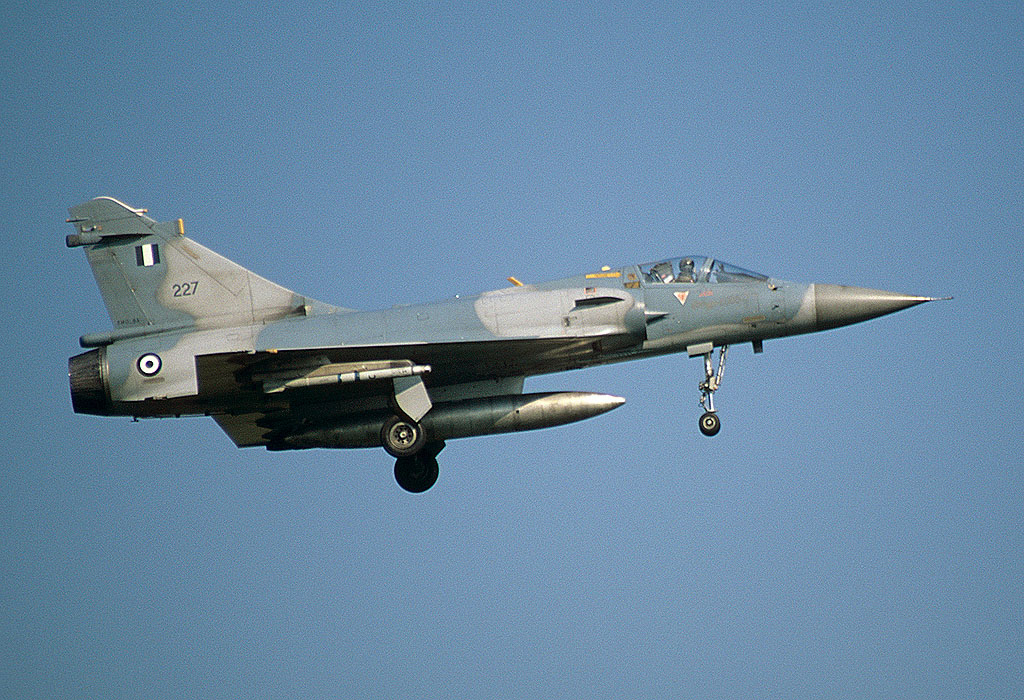I always wondered. I know some use leading and trailing adjustable surfaces like the A4, but what about the Concord or Tu144? Do these rely on higher AoA's to maintain lift in slow flight situations? I ask for general learning as well as how these are modeled for FS9. Most deltas include a flaps section in the cfg, even if there is no visual animation to go along or no apparent flaps on the real thing. Are such situations there to address software/flight dynamics issues particular to delta wings and intrinsic to the game? Another aircraft would be the Vulcan, which does not seem to have flaps that I can see in pictures or videos.

 FS 2004
FS 2004



 Reply With Quote
Reply With Quote






 and i'm always fiddling with the bally thing
and i'm always fiddling with the bally thing 



Bookmarks